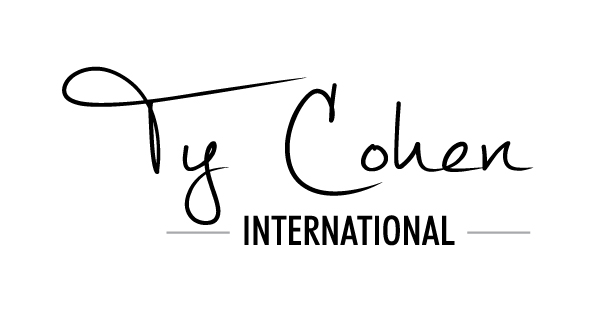blog, Recent Blog Posts Home, Uncategorized
Everything You Need To Know About Copyediting Your Book For Kindle
Copyediting is an important stage of any book publishing process, and if you want your book to sell well on Kindle, you need to ensure that you copyedit it yourself first, and then have a professional copyeditor look at it too.
Copyediting is different from plain old editing, proofreading, and line editing, and is arguably the most crucial part of getting your book in excellent shape before sending it off for publication.
So what exactly is copyediting?
Copyediting is the process of making your work readable, it’s about making it flow, making it accessible for the reader, ensuring that it is written in the style you intended, that it is grammatically perfect, and that it is a unique piece of writing. Most writers tend to stick to the Chicago Manual of Style (CMOS), though there are others, depending on the kind of work you are intending to publish.
According to the CMOS,
“Manuscript editing encompasses any or all of the tasks along a continuum from simple mechanical corrections (mechanical editing) through sentence-level interventions (line, or stylistic, editing) to substantial remedial work on literary style and clarity, disorganized passages, baggy prose, muddled tables and figures, and the like (substantive editing). Several professional associations of editors further describe this continuum of manuscript editing in terms of levels of editing and characterize the degrees of intervention as light, medium, and heavy copy editing.”
What’s the difference between copyediting and line editing?
Line editing works by taking each line of your book in isolation and working through it. Line editing has a greater focus on style, language, and clarity. It will ensure your manuscript flows. Copyediting looks a the bigger picture and has a far greater emphasis on grammar and style. It’s more of a mechanical process where the fixes are more black and white.
What’s the difference between copyediting and proofreading?
Proofreading is the final stage of the overall editing process. Proofreading essentially takes place once the manuscript is incomplete and is more of a final check before you publish. Copyediting takes place before this. Proofreading is there to ensure that all the copy edits were implemented and to pick up any other small inconsistencies or errors. A proofreader won’t deal with any major edits or changes.
The role of a copyeditor includes checking for grammatical, spelling, and punctuation errors, ensuring consistency throughout, making sure that one particular style is followed, and that the manuscript makes sense.
As you can see, copyediting your book is a crucial step. It is important to do this as thoroughly as possible before you publish. But remember, it’s not a simple job and requires intense, meticulous work that might be left best to a professional! However, once complete your manuscript will be much tighter, cleaner, and better for it.
To Discover The Easy Blueprint to Creating A Monthly Passive Income Stream Using Amazon.com, (In 60 Days or Less) with Near-Zero Up-Front Investment Visit http://www.kindlecashflow.com/3steps”

